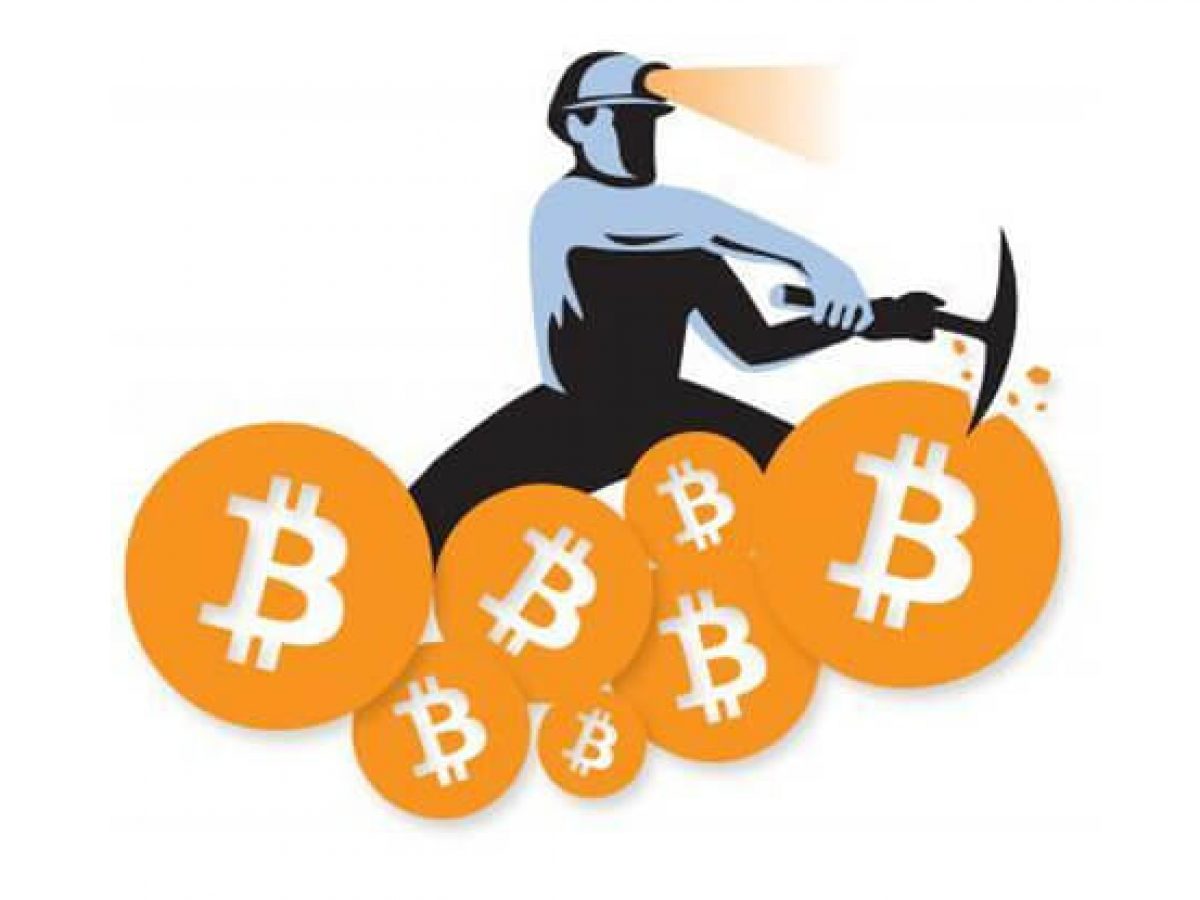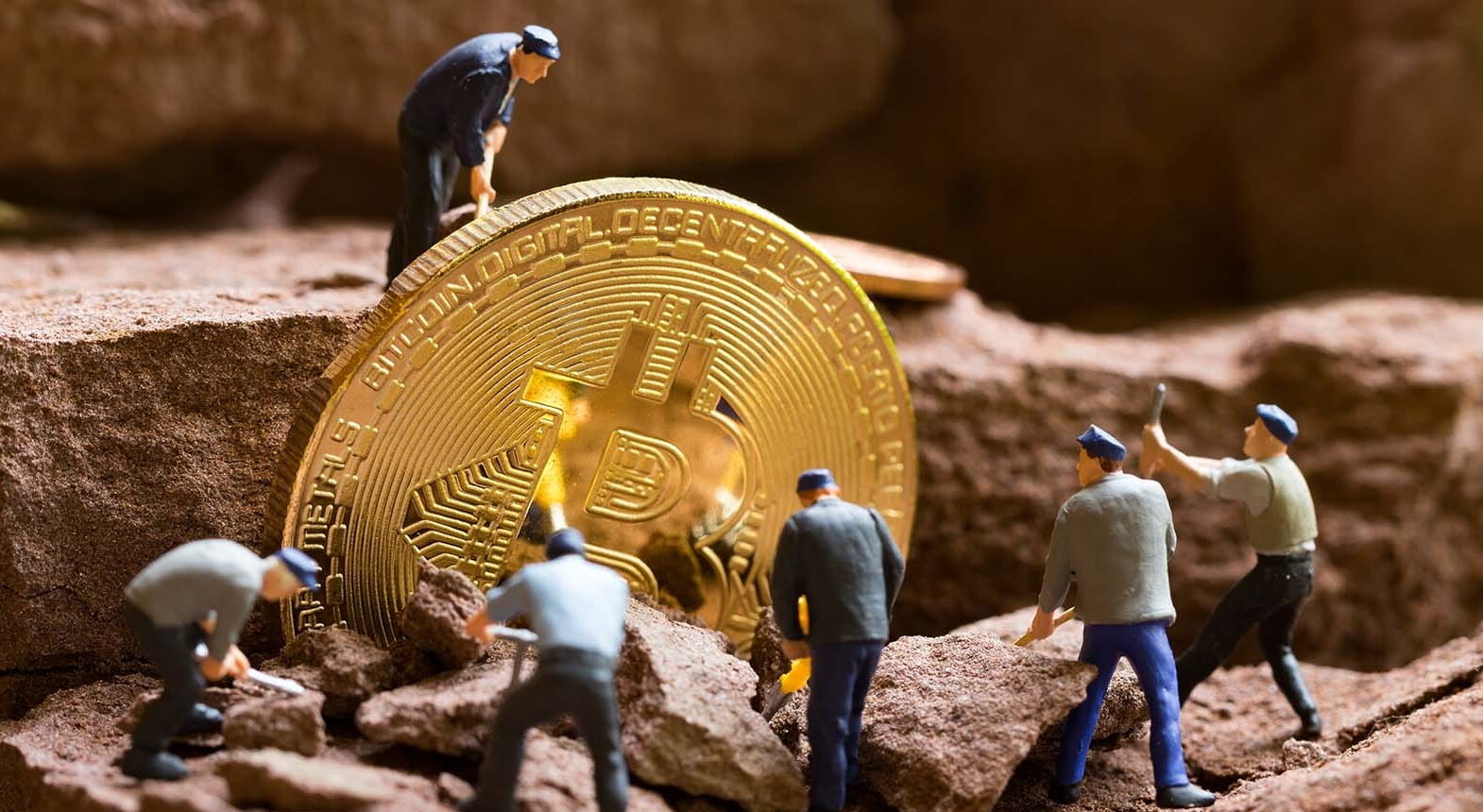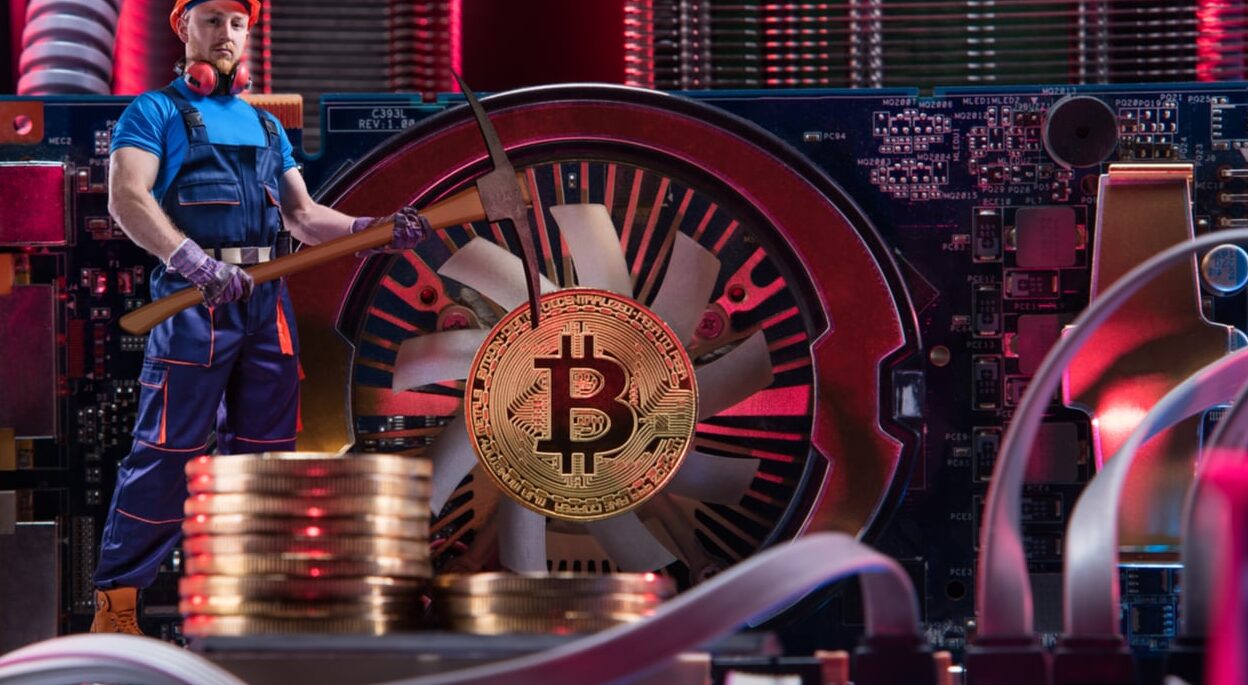Bitcoin mining is what keeps the Bitcoin blockchain running. Bitcoin’s blockchain is a decentralised digital record that supports the world’s first and most famous cryptocurrency. This method not only confirms and protects transactions, but it also puts fresh bitcoins into circulation through a system of rewards. Bitcoin mining has changed from a pastime to a global, industrial-scale operation over the years. This alteration is due to new gear, changing regulations, and worries about how much energy it uses.
Bitcoin Mining and Rewards
To mine Bitcoin, you have to use a cryptographic technique called SHA-256 to solve challenging math problems. Miners race to find a valid hash that meets the network’s difficulty target. A block is a group of transactions that are waiting to be confirmed. This hash checks that the block is correct. A miner uploads the block to the blockchain once they discover a legitimate solution. The miner then gets fresh bitcoins and transaction fees as a reward. Every four years, an event known as the Bitcoin halving reduces this reward, known as the block subsidy, by half.
The mining process aims to consume significant resources. Its proof-of-work system makes it very hard to change the blockchain, which protects the network from bad actors. Bitcoin mining is an important part of Bitcoin’s decentralised consensus mechanism because of this.
Bitcoin Mining Hardware Progression
Bitcoin mining began using CPUs, which are the parts of regular computers that do the work. Satoshi Nakamoto and other early miners used regular PCs to mine the first bitcoins. As the rivalry grew and the difficulty level rose, miners switched. graphics cards, which could handle more data at once. The next step forward was FPGAs, or field-programmable gate arrays, which were more efficient per watt. ASICs, or application-specific integrated circuits, are the most important type of mining equipment right now. These machines, specifically designed for Bitcoin’s SHA-256 algorithm, excel in it. Bitmain, MicroBT, and Canaan are some of the biggest companies that make high-performance ASICs that can generate terahashes per second. In a very competitive market, these devices are now necessary to stay profitable.
graphics cards, which could handle more data at once. The next step forward was FPGAs, or field-programmable gate arrays, which were more efficient per watt. ASICs, or application-specific integrated circuits, are the most important type of mining equipment right now. These machines, specifically designed for Bitcoin’s SHA-256 algorithm, excel in it. Bitmain, MicroBT, and Canaan are some of the biggest companies that make high-performance ASICs that can generate terahashes per second. In a very competitive market, these devices are now necessary to stay profitable.
Sustainable Trends in Mining
People are really interested in Bitcoin mining because it uses a lot of electricity. The network’s electricity use has gone up along with the global hashrate. The increase has raised environmental worries, especially about the carbon impact of mining farms in areas that get their power from fossil fuels. But studies reveal that more and more people are using renewable energy sources. Because they have access to cheap and clean energy, Canada, Iceland, and areas of the United States have become mining hubs.
The Bitcoin Mining Council says that almost half of all mining currently uses power sources that are renewable or don’t add to carbon emissions. Some mining companies are also trying to find new uses for extra natural gas or work with wind and solar farms. New ideas, like immersion cooling and modular containerised mining machines, make things even more efficient and long-lasting.
Mining Pools and Risks
Today, miners rarely work alone. Instead, they join mining pools, which are groups of miners who share processing power and split profits fairly. Some of the most well-known pools include Foundry USA, Antpool, and F2Pool. Pools make it more likely that miners will receive regular rewards, but their growing power has led to concerns about decentralisation. In theory, if too much hashrate is concentrated in a few pools, it may allow for a 51% attack. However, such an attack is very unlikely to happen because of economic and technical limitations.
Factors Affecting Mining Profitability
The profitability of Bitcoin mining depends on several factors, including the effectiveness of the hardware, the cost of power, the price of Bitcoin, the difficulty of mining, and the costs of running the business. ASIC miners are expensive to buy and keep up with, and their performance gets worse over time. Electricity remains the largest ongoing expense for miners. To make their jobs easier, miners frequently choose places with low power costs, friendly rules, and cool weather.

Tools like WhatToMine and NiceHash provide calculators that help miners figure out how profitable their job will be based on the current state of the network and the gear they are using. Miners need to constantly check their settings since changes in the market or the law can quickly change how much money they make.
Bitcoin Mining Regulatory Shifts
Regulation is becoming more and more critical for Bitcoin mining. China used to be the centre of global mining, but in 2021, it prohibited mining activities because of concerns about energy use and financial risk. Consequently, many mining operations relocated to countries such as the United States, Russia, Kazakhstan, and Canada. Because of their deregulated power networks and lots of renewable energy, places like Texas in the U.S. have embraced mining. But public policy can change quickly, so miners need to keep up with the tax, energy, and environmental legislation in their areas.
Mining Strengthens Network Security
Mining Bitcoin also makes the whole network safer. The blockchain gets stronger against attacks the more miners work on it. Miners not only keep transactions safe, but they also check updates to the protocol, like Taproot, which is a new improvement that makes privacy and scalability better. As more people use Layer 2 solutions like the Lightning Network, the number of transactions may move off-chain, but miners will still be needed to settle the transactions on the Bitcoin base layer.
Final thoughts
Innovation, rules, and the environment will all play a role in the future of Bitcoin mining. Miners may have to rely more on transaction fees when the block reward keeps going down because of halvings. Sustainability will also be important, as market forces and public scrutiny will push for the use of cleaner energy. Improvements in chip design and datacentre architecture will make them even more efficient. Even though there are problems, Bitcoin mining still follows the principles of decentralisation, security, and transparency, which are important to the whole cryptographic ecosystem. It is a changing industry that reflects how Bitcoin itself has changed.







